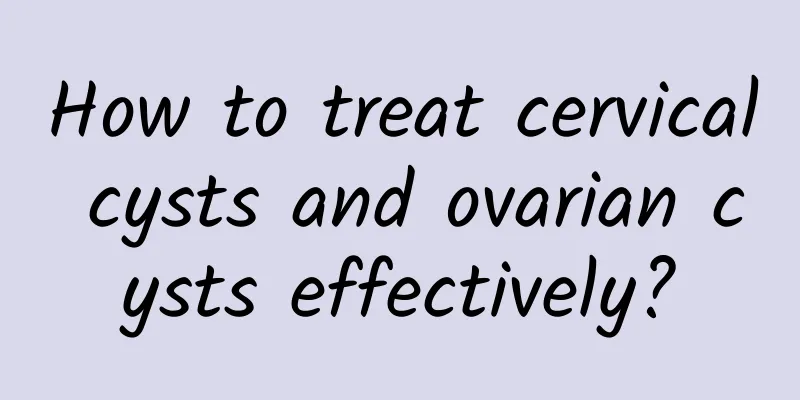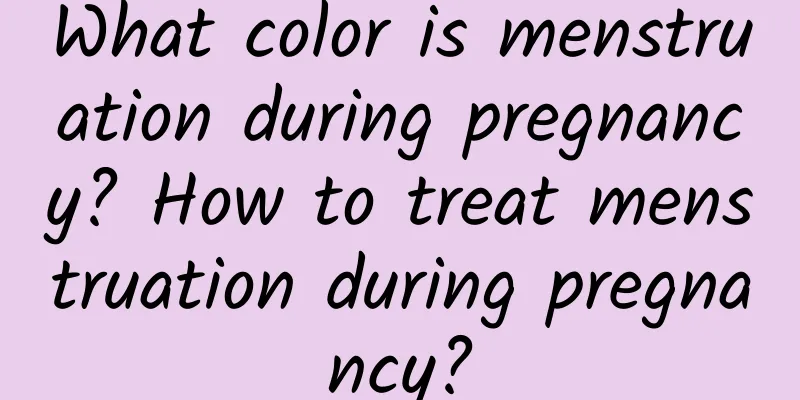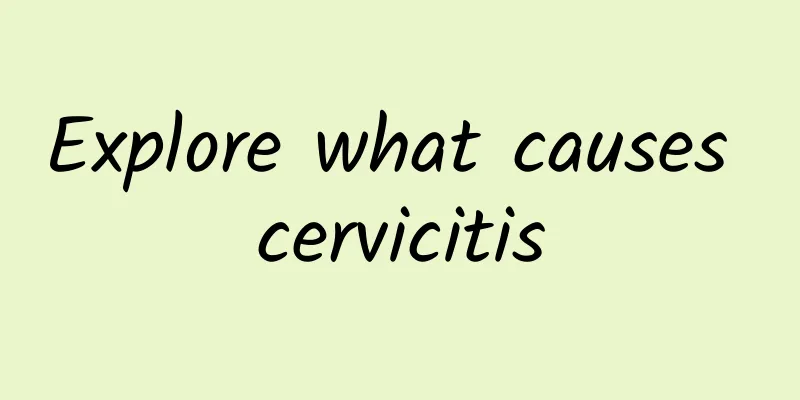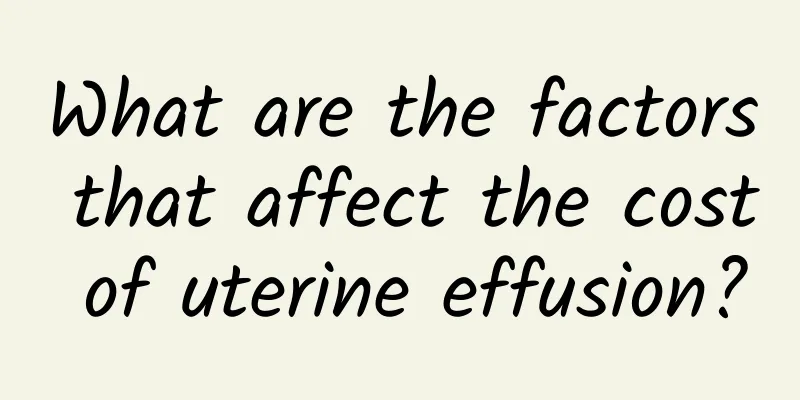How to treat cervical cysts and ovarian cysts effectively?

|
The treatment effects of cervical cysts and ovarian cysts vary depending on the severity of the disease. Mild cysts can be improved through regular observation or drug intervention, while severe cysts require surgical treatment. A personalized treatment plan can be selected based on the cyst type, size, symptoms and physical condition of the patient. 1 Treatment of cervical cysts: Cervical cyst is a common benign gynecological disease. Small cysts usually do not require special treatment, but if the cyst is too large or causes discomfort, the following methods can be considered: Drug treatment: For cysts caused by inflammation, antibacterial drugs can be used to relieve inflammation. Common drugs include metronidazole and cephalosporin antibiotics. The full course of treatment should be completed on time. Physical therapy: For larger cervical cysts, physical therapy such as laser therapy, cryotherapy, or microwave therapy may be considered. These methods can destroy diseased tissue and promote healing. Surgical treatment: If the cyst is repeatedly infected or accompanied by more serious symptoms, hysteroscopic minimally invasive surgery can be selected to remove the cyst, which has less trauma and faster recovery. 2 Treatments for ovarian cysts: Ovarian cysts are divided into functional cysts and pathological cysts. Functional cysts are mostly benign, and some can disappear naturally after the menstrual cycle, while pathological cysts require special attention: Regular observation: Most functional cysts do not require intervention, but regular ultrasound examinations are needed to monitor changes in their diameter. Usually, they will resolve naturally after 6-8 weeks. Drug treatment: Hormone regulation therapy is suitable for functional cysts, such as oral short-acting contraceptives or progestin drugs, which inhibit cyst growth by regulating hormone levels. Surgical treatment: Pathological ovarian cysts, such as chocolate cysts and mature cystic teratomas, require surgical removal. Laparoscopic surgery is the first choice, with less damage and shorter recovery time. 3. Diet and lifestyle adjustments: Anyone with cysts can benefit from dietary and lifestyle changes, such as: Eat more fruits and vegetables rich in fiber and vitamins, such as broccoli and carrots; avoid irritating foods, such as alcohol and spicy foods. Maintain regular exercise, such as brisk walking and yoga, to enhance immunity and help improve endocrine status. Psychological adjustment is very important. Maintaining an optimistic mood will help maintain endocrine balance and the recovery of cysts. The treatment of cervical cysts and ovarian cysts needs to be individually selected according to the nature and size of the cysts. If the symptoms are not relieved after treatment or develop into pathological hyperplasia, you should seek medical attention in time and re-evaluate the treatment plan. Regular gynecological examinations are the key to preventing and detecting cysts. If abnormalities are found, intervention should be carried out as soon as possible to avoid more serious complications. |
<<: Early symptoms of influenza in adults
>>: What are the symptoms of cervicitis?
Recommend
Fasting to lose weight and reduce body fat is not just about 168! A complete guide to 7 fasting methods, with 6 points to make fasting more effective
There are many different ways to do intermittent ...
Can chronic cervicitis heal itself? How should chronic cervicitis be treated?
Chronic cervicitis is a disease that causes pain ...
How to prevent miscarriage in early pregnancy
How to prevent miscarriage in early pregnancy? Th...
What are the misunderstandings in the treatment of uterine fibroids? What are the correct treatments for uterine fibroids?
In recent years, many women have been troubled by...
How to treat uterine fibroids about 1 cm
Uterine fibroids of about 1 cm usually do not req...
The thinnest in the world! Norwegian Nordic diet helps lose weight
Obesity is the killer of chronic diseases, and Ta...
Generally, bacterial vaginosis has no obvious time period.
Experts say bacterial vaginitis is a common vagin...
What medicine is used for pelvic peritonitis
What are the anti-inflammatory drugs for the trea...
What are the symptoms of chocolate ovarian cysts and what to do if the cyst ruptures
There are many factors that cause ovarian cancer....
How to cure female cervical erosion? Women must know 3 physical treatments for cervical erosion
As we all know, the cervix plays a very important...
Will pelvic peritonitis heal on its own?
Pelvic peritonitis is an inflammatory disease of ...
What are the causes of cervical erosion?
There are many reasons for cervical erosion, and ...
No Executive Yuan version, DPP legislators refuse to review the esophageal law
The "Food Sanitation Management Act Amendmen...
How to diagnose vaginitis
How to diagnose vaginitis? The occurrence of vagi...
What is the bleeding after menstruation?
What is the bleeding after menstruation? Postmens...









